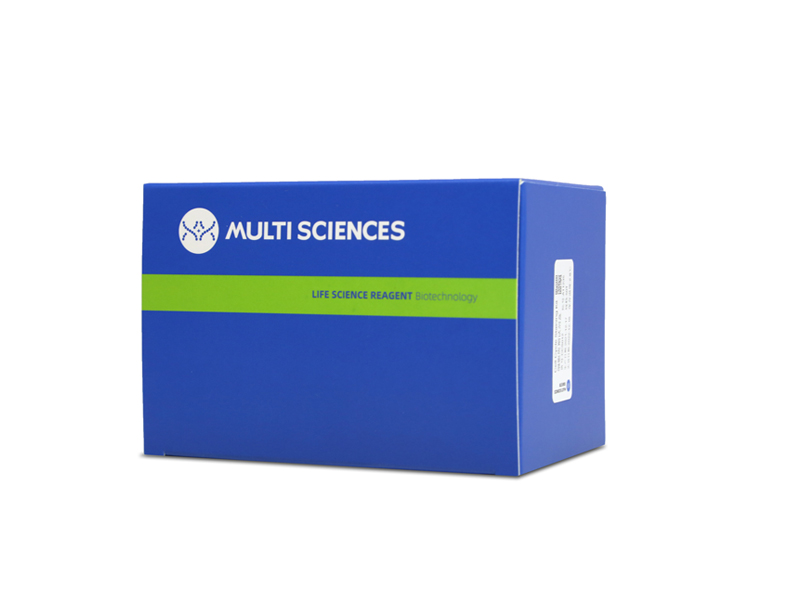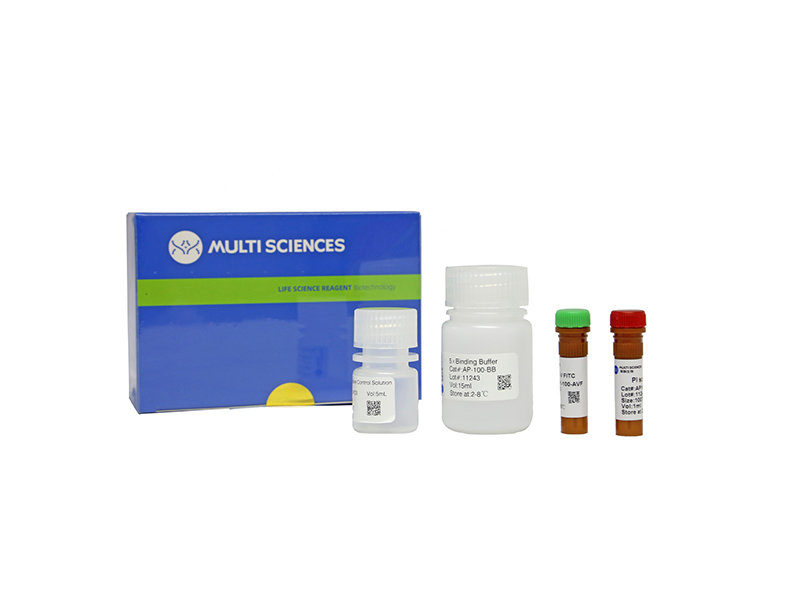Background DNA - damaging agents, including radiation and platinum-based chemotherapy, are indispensable treatments for non-small cell lung cancer (NSCLC) patients. However, cancer cells tend to be resistant to both radiation and chemotherapy, thus resulting in treatment failure or recurrence. The purpose of this study was to explore the effect and mechanism of long non-coding RNA (lncRNA) PANDAR (promoter of CDKN1A antisense DNA damage-activated RNA) on NSCLC sensitivity to radiation and chemotherapy. Methods Cell counting kit (CCK-8), colony formation and flow cytometry were respectively performed to determine the cell cycle and apoptosis of NSCLC cells treated with γ -ray radiation and cisplatin. The extent of DNA damage was evaluated using a comet assay and immunofluorescence staining against γ H2AX. In addition, we explored the role of PANDAR in DNA damage response pathways through western blot analysis. Finally, a nude mouse subcutaneous xenograft model was established to assess the sensitivity to radiation and chemotherapy in vivo. Results In cell experiments, PANDAR knockdown can increase the sensitivity of NSCLC cells to radiation and cisplatin. The CCK-8 results showed that cell viability was significantly increased in the overexpression group after radiation and cisplatin treatments. The overexpression group also showed more colonies, less apoptosis and DNA damage, and G2/M phase arrest was aggravated to provide the time necessary for DNA repair. Contrary to PANDAR overexpression, the trends were reversed in the PANDAR knockdown group. Furthermore, PANDAR knockdown inhibited radiation and cisplatin-activated phosphorylation levels of ATR and CHK1 in NSCLC cells. Finally, our in vivo model showed that targeting PANDAR significantly sensitized NSCLC to radiation and cisplatin. Conclusion Our study showed that PANDAR knockdown promoted sensitivity to radiation and cisplatin in NSCLC by regulating the ATR/CHK1 pathway, thus providing a novel understanding as well as a therapeutic target for NSCLC treatment. In NSCLC cells, lncRNA PANDAR negatively regulates sensitivity to radiation and cisplatin. PANDAR can promote the repair of radiation and cisplatin-induced DNA damage and activation of the G2/M checkpoint through the ATR/CHK1 pathway. PANDAR knockdown results in defects in DNA damage repair accompanied by more cell apoptosis.
文章引用产品列表
-
- AT107 71 Citations
- 凋亡试剂盒
Annexin V-APC/PI Apoptosis Kit (贴壁细胞专用)
- ¥1,010.00 – ¥2,090.00
-
- AP107 88 Citations
- 凋亡试剂盒
Annexin V-APC/PI Apoptosis Kit(细胞凋亡试剂盒)
- ¥780.00 – ¥1,860.00



